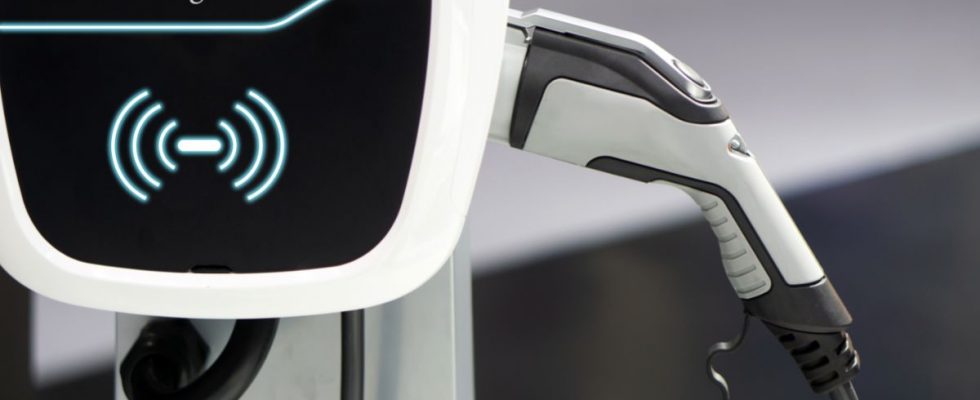The installation of an Electric Vehicle (EV) Home Charger is an important step for many EV owners. Ensuring the charger is properly installed and maintained is essential for safe and efficient charging of your EV. This blog article covers some of the best practices for EV Home Charger Installation, from choosing the right location to having the right installation requirements. By following these best practices you can ensure that your EV Home Charger meets all safety standards and has a long, trouble-free life.
Considerations for Selecting a Home Charger
Choosing the right EV home charger for your electric vehicle can be a daunting task. To simplify the process, you should take into account the power levels you’ll need, the energy costs associated with each model, and the overall installation process.
When it comes to power levels, you’ll want to select a model that gives you enough amperage to safely charge your electric vehicle. It’s recommended to look for an EV home charger rated for 32 amps or higher. This provides enough juice to quickly charge your EV.
Cost-wise, EV home charge models can range in price. Some are more expensive due to their Build-in Smart Charging technology, while others cost less because they are basic models with minimal features. You’ll want to find a model that meets your needs while being cost-effective.
Another important consideration is the installation process. Generally, these types of products require professional electrical work, so you’ll have to factor in the cost of installation. Make sure to check your local regulations to make sure that you’re compliant.
In conclusion, you should take into account power levels, energy costs, and installation when selecting an EV home charger. Doing so will help you find the perfect fit for your electric vehicle.
Step-by-Step Guide for Installing a Home Charger
Installing a home electric car charger (EV home charger) has never been easier. This comprehensive step-by-step guide will empower you to do it yourself.
Step 1: Check your home’s suitability
Draw up a floor plan of your home, identify any walls the EV charger is likely to be passing through, and execute a basic electrical capacity check to ensure you have the necessary setup.
Step 2: Consider the right EV charger type
Research the best EV charger option for your home, considering your current and future needs in terms of charge speed, power output, and location.
Step 3: Install the EV charger
This may require the help of a certified electrician who can handle the complicated wiring and structural installation of the EV home charger.
Step 4: Connect the charger to your car
This is the simple part—essentially a plug-and-play process requiring no additional expertise. Ensure your car is switched off before plugging in the charger.
Step 5: Enjoy the added peace of mind
Your new EV home charger is ready for use. Knowing you have a reliable and safely installed EV charger will give you added peace of mind.
Advantages of Professional Installation for Home Chargers
For those considering an electric vehicle (EV) home charger, it’s important to understand the advantages of professional installation by qualified electricians. Professional installation offers a full evaluation of the existing electrical system, ensuring compatibility with the charger. Additionally, it can provide expertise when it comes to selecting the right EV charger that is suitable for the home’s electrical system.
Furthermore, professional installation will ensure that safety protocols are followed during the installation process, reducing the risk of electric shock or damage to the building and placing the customer at ease. Professional installation also guarantees compliance with local residential wiring codes and ordinances, as well as warranty coverage from the equipment manufacturer if anything should go wrong down the line.
EV charging is a complex process, and professional installation can often bring peace of mind to potential customers. Additionally, having the work done by qualified electricians means that the customer can enjoy their new charger with minimal disruption and without wasting time or money procuring the necessary gear, connectors, and supplies. Professional installation is the best option for installing an EV home charger.
Best Practices for Maintaining a Home Charger
As electric vehicles (EV) become increasingly popular, home chargers are becoming an essential feature for EV owners. Keeping your charger in working condition and using it efficiently, however, are challenges that need to be addressed. Here are some tips for ensuring your home charger operates at its full potential:
1. Clean the DC connectors, charger port, and contact points regularly with a damp cloth.
2. Check the power supply to ensure proper electricity levels and reduce the risk of power surges.
3. Keep the charger away from wet or damp areas and avoid extended exposure to direct sunlight.
4. Notify your utilities provider when installing a new home charger to make sure your electricity service meets your EV charging needs.
5. If you’re away for an extended period of time, unplug the charger to reduce the risk of fire and other safety hazards.
Following these best practices will help keep your home charger in good condition and will provide reliable and efficient charging of your EV.
Conclusion: Key Considerations for a Seamless EV Home Charger Installation
The installation of an EV charger for your home can sometimes be an intimidating process for those who are unfamiliar with the technology. However, following best practices for the project can help to make the process go smoother. With the right research, some basic safety guidelines, and a knowledgeable installer, you can bring the convenience and likelihood of EV adoption much closer to reality.
